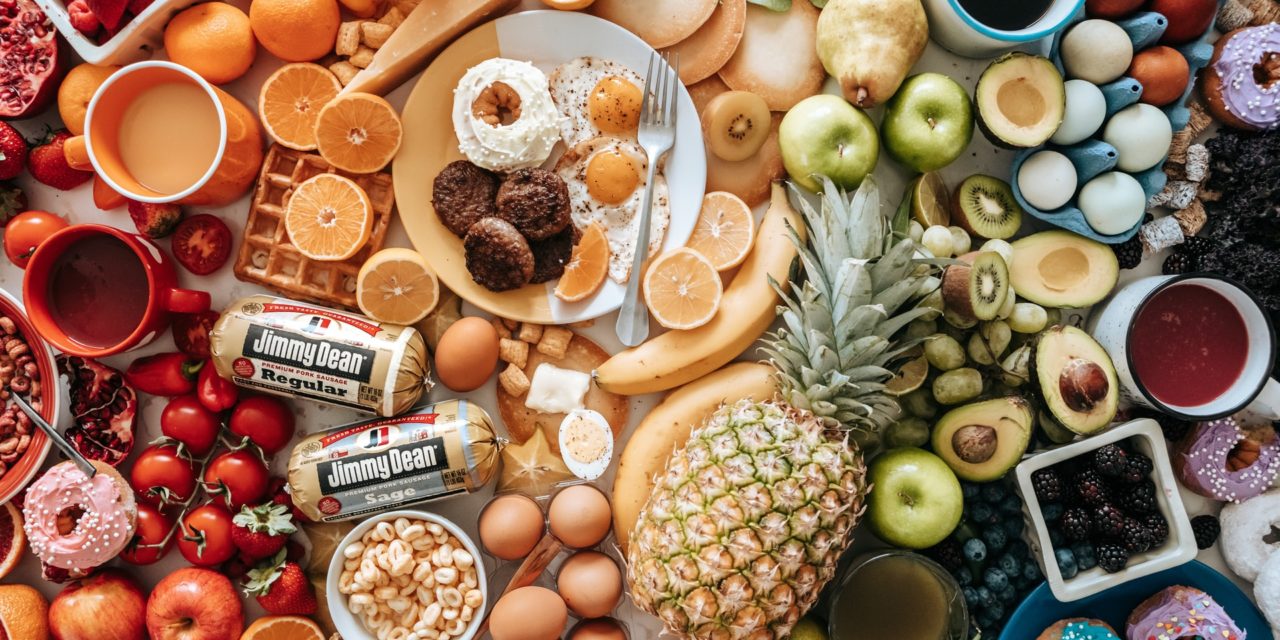[ad_1]
Worm species:
Worms are remarkable little creatures, no eyes, no lungs, no nose Teeth or ears. They are in some ways a digestive tract with a skin covering. The outer parts of the worms are: The Prostomium: a flap like organ above the mouth used to pull food in. The Mouth: below the Prostomium. Worms literally eat their way through their environment. The Clitellum: the rather long smooth section about half way between the mouth and the tip of the tail. The Somites: these are the lines (segments) spaced evenly from mouth to tail tip, used to pull themselves through their environment. The Cilia: the last of the thick segments before the tip of the tail. One species of worm raised for composting is the “Red Wiggler” or Eisenia Fetida. They live in the area above the dirt, below the freshly fallen leaves and in the partially decayed matter between the organic decomposed dirt and the leaves. They are shallow dwelling worms. The other species used for composting is the Eisenia hortsenis or “European Nightcrawler”. They are good composting worms as well, however they live deeper, moving from surface to dens as deep as 6 feet. Together they form a team perfect for addition to a garden.
Food:
Worms will eat almost anything. There are a few foods they don't like very much: Hot peppers, Garlic, oranges or anything too acidic. Fats are avoided by them. Dairy is rejected by them as well as salad dressing. Eggshells (pulverized), coffee grounds, lettuce, melon rinds, leaves, squash and vegetables of any sort are favored. They have gizzards, the eggshells break down, neutralizing the PH in the bed, as well as supplying grit to assist in digestion. They will eat about 1/2 their body weight in food per day, when the bed temperature is between 60 – 90 degrees Fahrenheit. During the winter months when the bed temperature falls between 34 and 60 degrees Fahrenheit they are less active. In cool bed temperatures the food lasts longer because they don't eat as much and the coolness acts as a refrigerator. The good “bugs” that decompose the food are less active, as well, causing a delay in the breakdown of the organic matter. Worms will eat meat and fecal material, however, caution must be taken. The castings can be contaminated with pathogens. Pathogens would be a problem if the castings (worm manure) are used in a vegetable garden. You literally get out of them what you put in them. It's best to know what the castings will be used for, that way their food can be regulated. They need to eat 50% protein (vegetables) and 50% carbon. Carbon consist of dry leaves, shredded paper and (they love) cardboard. The bed must be moist, when a handful is squeezed a few drops of water should be expelled, if not the bed is too dry.
A few truths:
There are no worms native to North America. All species have come from some where else; Europe, Africa or Asia. All of the species were eliminated during the last ice age. They were most likely imported unknowingly by the first European settlers. In fact, many of the Northern States and Canada will not allow many species in due to the destruction they can cause to the coniferous forest. Worms don't like pine needles.
Worms have no brain. They have some sensory nerves that end in a bundle in the area behind their mouths. They sense dryness, heat, sunshine (which they dislike very much) and a sense of taste. That's it, no reasoning, no thoughts and no communication (I question their ability to communicate, I think they do somehow).
Which brings us to reproduction. They must reproduce with another worm of the same size and species (how do they know?). They lay head to tail, for up to two hours, encasing their body's in a slippery film. The eggs are then emitted under the film, when they crawl away from each other the partially dried film rolls into an egg casing and slips off the end of the tail. Each casing has from 1 to 10 baby worms developing which are born exact replicas of an adult, ready for action. A conservative estimate is the worm population will double over the summer of 3 months.
If you cut a worm in half, you can double the population. No you can't! Both die. Some species can shed their tail when it's grabbed by a predator, but other wise they just die. They are very tough creatures and at the same time very fragile, especially when being farmed.
Conclusion: Some of us find worms fascinating, others gross and still others pay no mind. A common goal in raising worms is for the compost, the castings and the “worm tea” or home made fertilizer. The castings are rich in nitrogen, unlike commercial fertilizer, it can not “burn” your plants. It introduces good bacteria to your soil, and when the tea is brewed (and used within 4 days) it will act as a bug repellent as well, when sprinkled on the leaves. Another common goal is to have a “herd” large enough to consume all of your kitchen waste and be zero garbage other than plastics. There are a number of blogs and websites dedicated to Vermicomposting. If this article sounds as if it's for you, do some research and start. Eccentricy does seem to be a common factor among worm farmers. Worm farming is critical to bringing your self reliance and survivor skills to another level. Watch out, you may become attached to them. The final goal is to do what I have dubbed “circle gardening”. I grow the vegetables in the compost my worms create, fertilized by their castings, then fed the left over vegetable trimmings from the kitchen. Circle farming, a lot of us do it.
[ad_2]
Source by Jacques Lebec


